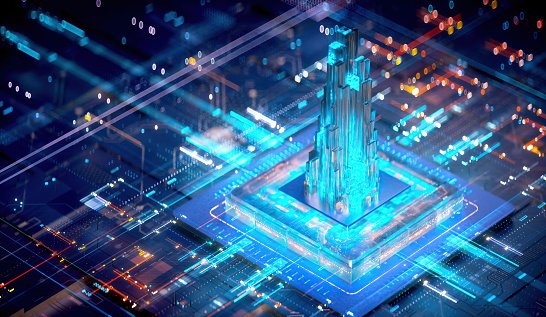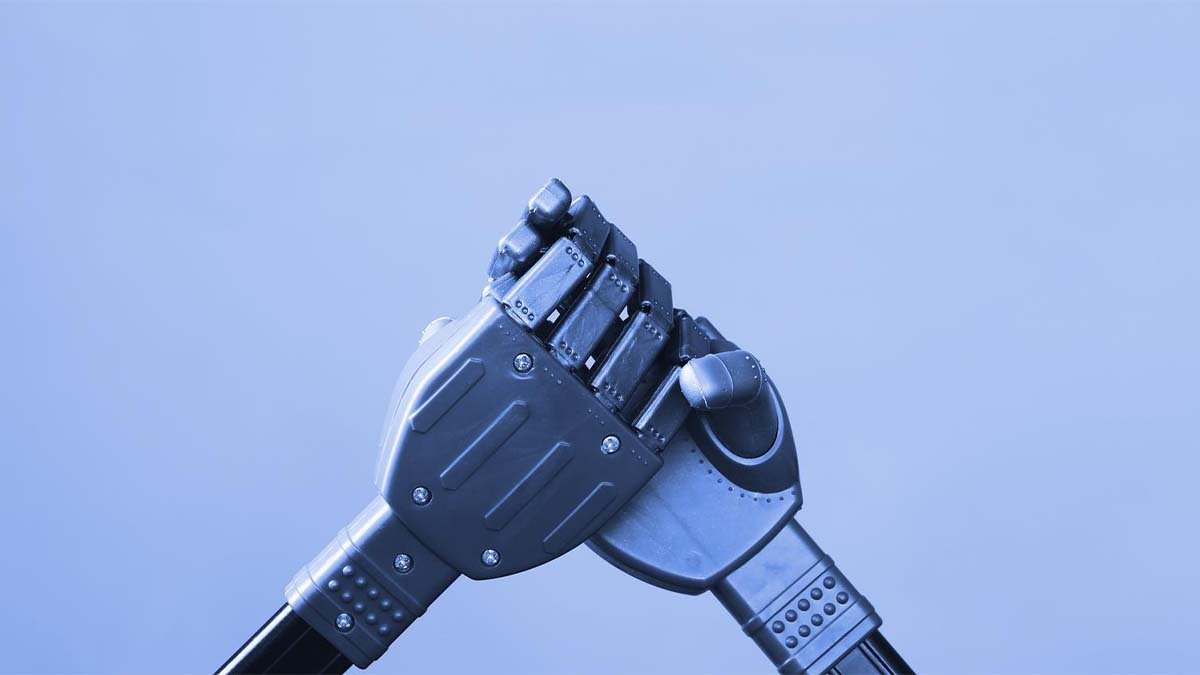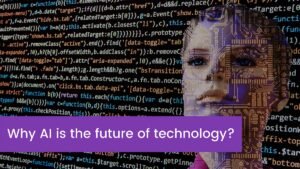AI development has now progressed to the point where enterprises of all sizes can use it, and it holds much potential. AI has been considered the most remarkable innovation. Because of the potential it brings, organizations have consistently been able to position themselves as influential. However, prior to 2021, this potential was overlooked. Post that, AI has progressed to the point that it is now the primary focus of commercial tasks.
AI has aided productivity, streamlined work processes, delivered new products and services, and led enterprises toward functional AI efforts in the past year. This technology is now assisting us greatly by enabling safe social separation. Moreover, it is continually emerging, and 2022 is no different.
Here are the five latest AI trends critical for businesses.

1. Testing Software With AI bots
Applications must be compatible with a wide range of devices and systems. QA experts often employ cross-browser and cross-platform testing to evaluate such capabilities, both of which have artificial intelligence built in.
Traditionally, software testing was done manually and completed after the software development life cycle when the waterfall methodology was in place. Many project deadlines were missed due to this type of testing during the SDLC’s final phase, which also negatively impacted costs. However, enterprise-level organizations are now implementing bot testing for continuous quality assurance within the software development life cycle. Moreover, it reduces human intervention during the development cycle, improving accuracy.
Transitioning to automation reduces testing time while producing few errors. And intelligent automation can deliver major business benefits such as increased revenue, faster execution, greater accuracy, safety, and cost savings.

2. Cloud-Native Platforms
Cloud-native is a method of developing and operating applications that takes advantage of the benefits of the cloud computing delivery method. Companies that design and use apps utilizing a cloud-native design bring new concepts to market quicker and respond to client requests more quickly.
Organizations must reconsider their strategy for app delivery and embrace cloud-native architecture concepts to design and manage cloud-native apps.
DevOps is the collaborative effort of software engineers and IT operations to provide high-quality software that solves consumer problems. Continuous Delivery, made possible by Agile product development processes, is continuously automating the release of incremental software updates into production.

Developers may execute public, private, or hybrid cloud apps using cloud-native tools. Moreover, microservices and immutable infrastructure are frequently employed to improve how applications, events, and activities are distributed and shorten the development cycle.
3. Web 3.0
A new idea, Web3 (also known as Web 3.0), suggests providing the Internet with fewer contributions from current tech behemoths.
Web3 is a blockchain-based internet architecture that operates similarly to cryptocurrencies in that it is decentralized but safe. Every Internet user could control their reputation and data through Web3, enabling the development of more cooperative social platforms and Internet services. Moreover, Web3 can prevent your search history from being used in retargeting efforts for advertising.

Underbanked individuals may benefit from a broad range of peer-to-peer financial products made available through Web3, particularly those who generally depend on payment orders and check-cashing products. Furthermore, Web3 encourages the development of NFTs, which may impact the sale of anything from artwork to the housing market.
4. Real-time Video Processing With AI
Handling analytics solutions is complex when analyzing real-time video feeds. When processing footage, engineers work to assure accuracy and reduce latency. And AI applications can assist in achieving this objective.
They require a pre-trained neural network architecture, cloud hosting, and software layer for implementing user scenarios to deploy an AI-based strategy in live video analysis. For real-time streaming, computational speed is essential, so all of these elements should be tightly interwoven.
Real-time video processing is a critical component of surveillance systems that use object and facial recognition. It’s also the backbone of AI visual inspection technology in the industrial industry.
Video analytics relies on computational processing and automatic video footage evaluation to discover and identify temporal and spatial occurrences. As videos swiftly become a key media form for delivering information, the area is expected to increase by double digits over the next decade.
5. Edge AI
Edge AI is a term that refers to the pairing of edge computing and AI. Artificial intelligence systems analyze data generated on the device, whether or not it has an Internet connection.
This permits data to be analyzed in milliseconds and provides real-time response. AI algorithms are performed locally on the gadget itself or a nearby server. The algorithms make use of data provided by the devices. Devices can make autonomous choices milliseconds without connecting to the Internet or the server.
Companies can now connect equipment, automobiles, roads, and other daily items thanks to the IoT, enabling them to install intelligent shelves in stores or foresee when gear might go down. The issue is that performance might be impacted and delay introduced while transmitting data back and forth between cloud computers in a data center.
Edge computing analyzes data nearer to where it is being made or used, removing this bottleneck. With AI tools like machine learning, businesses acquire data and insights more quickly. Additional advantages can include enhanced scalability, efficiency, and security.
Conclusion
With the help of rising technologies, sectors like finance, eCommerce, healthcare, and schooling are keeping up with the most recent technological developments. These new technologies could alter the applications we use at work every day and corporate procedures in the retail, financial, industrial, and healthcare sectors. These are a few emerging technologies that will help businesses in 2022 and the coming years.




